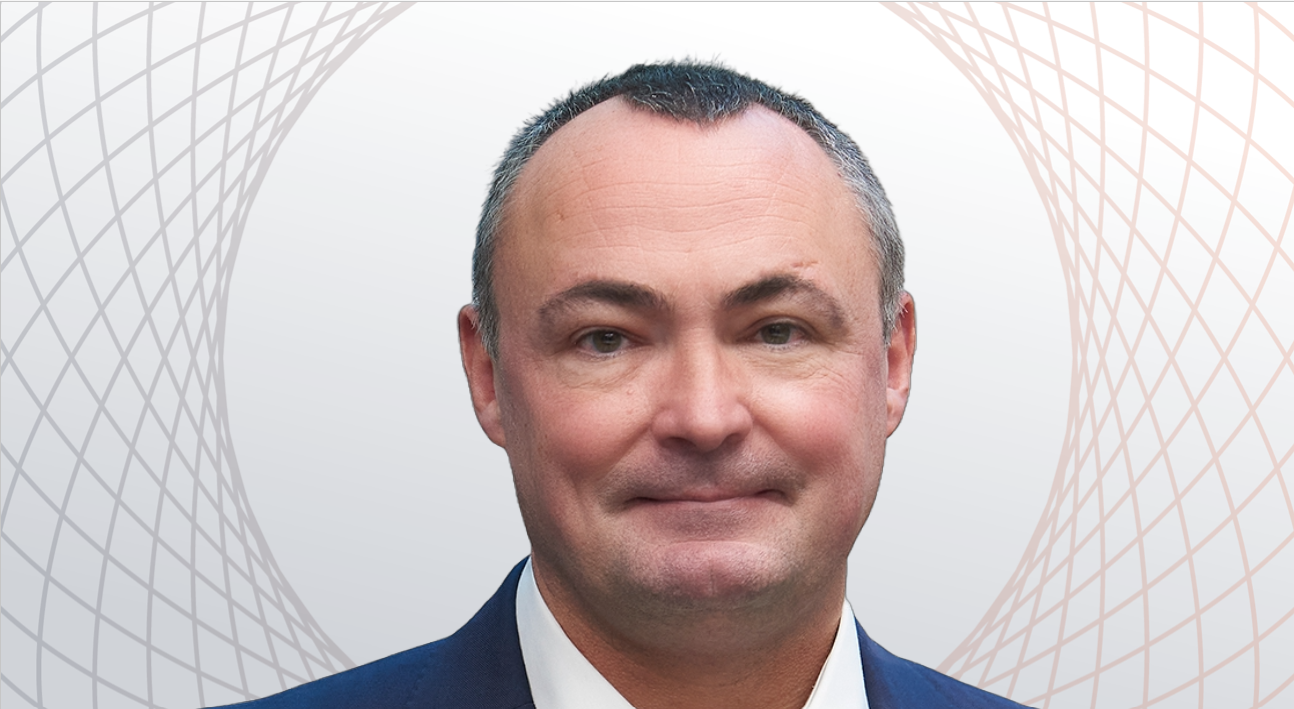Invesco has launched a trio of thematic ETFs providing exposure to the next generation trends of AI, cybersecurity and defence, ETF Stream can reveal.
The Invesco Artificial Intelligence Enablers UCITS ETF (IVAI), the Invesco Cybersecurity UCITS ETF (ICBR) and the Invesco Defence Innovation UCITS ETF (IDFN) have begun trading on the London Stock Exchange, SIX and Deutsche Boerse, and will be listed on Borsa Italiana from Monday.
The new funds all debut with a total expense ratio (TER) of 0.35% and look to provide exposure to powerful long-term themes:
IVAI will target companies focused on developing and enabling the growth and functionality of AI
ICBR will target companies focused on safeguarding enterprises and devices from electronic threats
IDFN will target companies focused on developing sophisticated weapons, defensive systems and border security solutions
Gary Buxton (pictured), head of EMEA and APAC ETFs at Invesco, commented: “While the potential of AI has really captured people’s imagination, solutions for cybersecurity and defence are now gaining traction as threats emerge across the globe.”
“Our ETFs emphasise those companies most involved and capable of making the greatest impact for investors,” said Chris Mellor, head of EMEA ETF equity product management at Invesco.
The new thematic range will track the performance of global indices constructed by S&P Dow Jones Indices (S&P DJI) through its Kenso-powered index capabilities.
Each index is constructed from a global universe of stocks using NLP as an initial screen to identify and assign companies with potential exposure to key concepts associated with each theme. S&P DJI’s analysts further assess each of the companies identified to validate and confirm theme exposures accordingly.
“We chose to work with S&P DJI for their intelligent approach to applying AI but also their expertise in understanding these rapidly evolving new technologies,” said Buxton.
The choice of index provider is one reason the new ETFs “stand apart,” according to Mellor.
Another is cost. “At 0.35% per annum, they each have the lowest – or joint lowest – annual charges among competing products,” he said.



